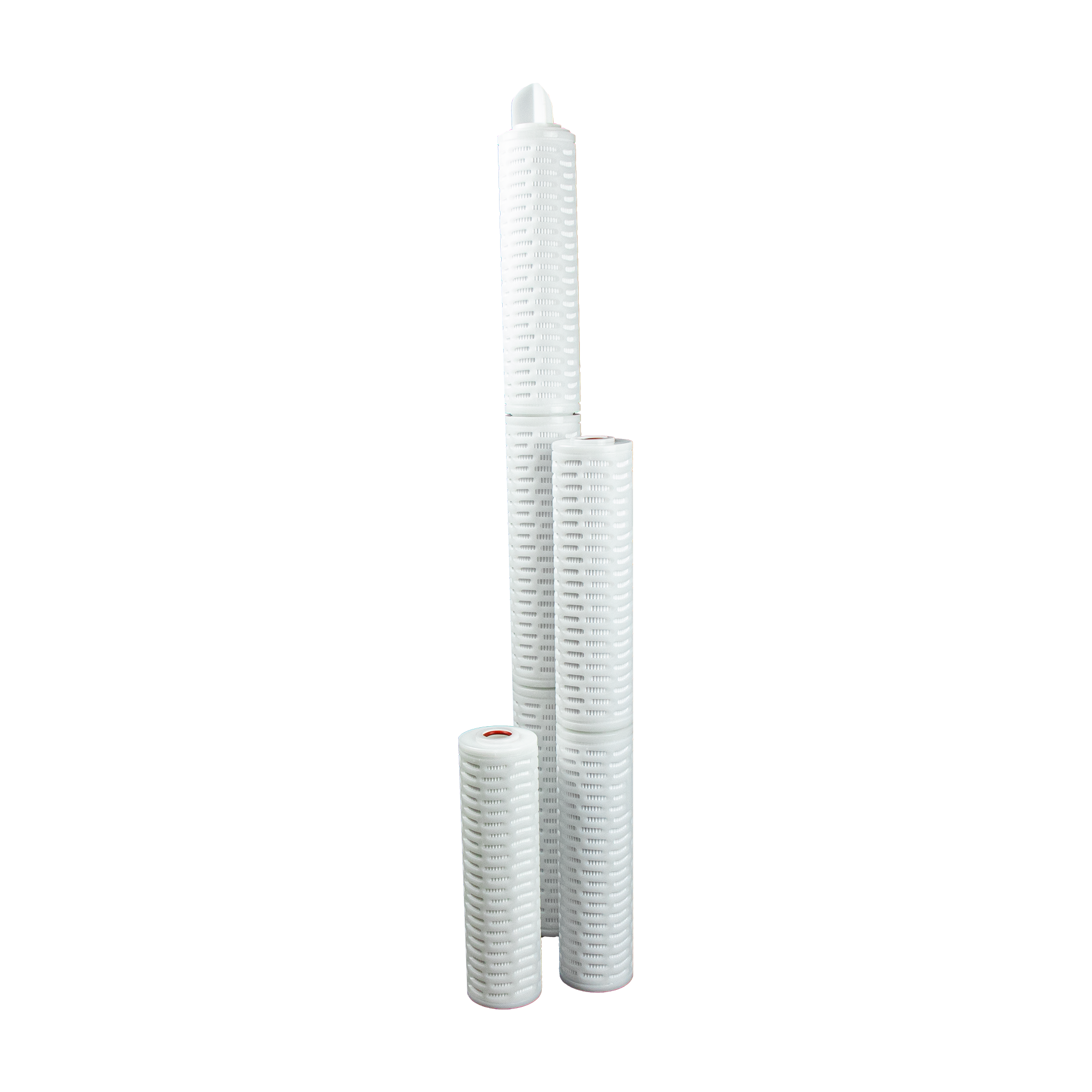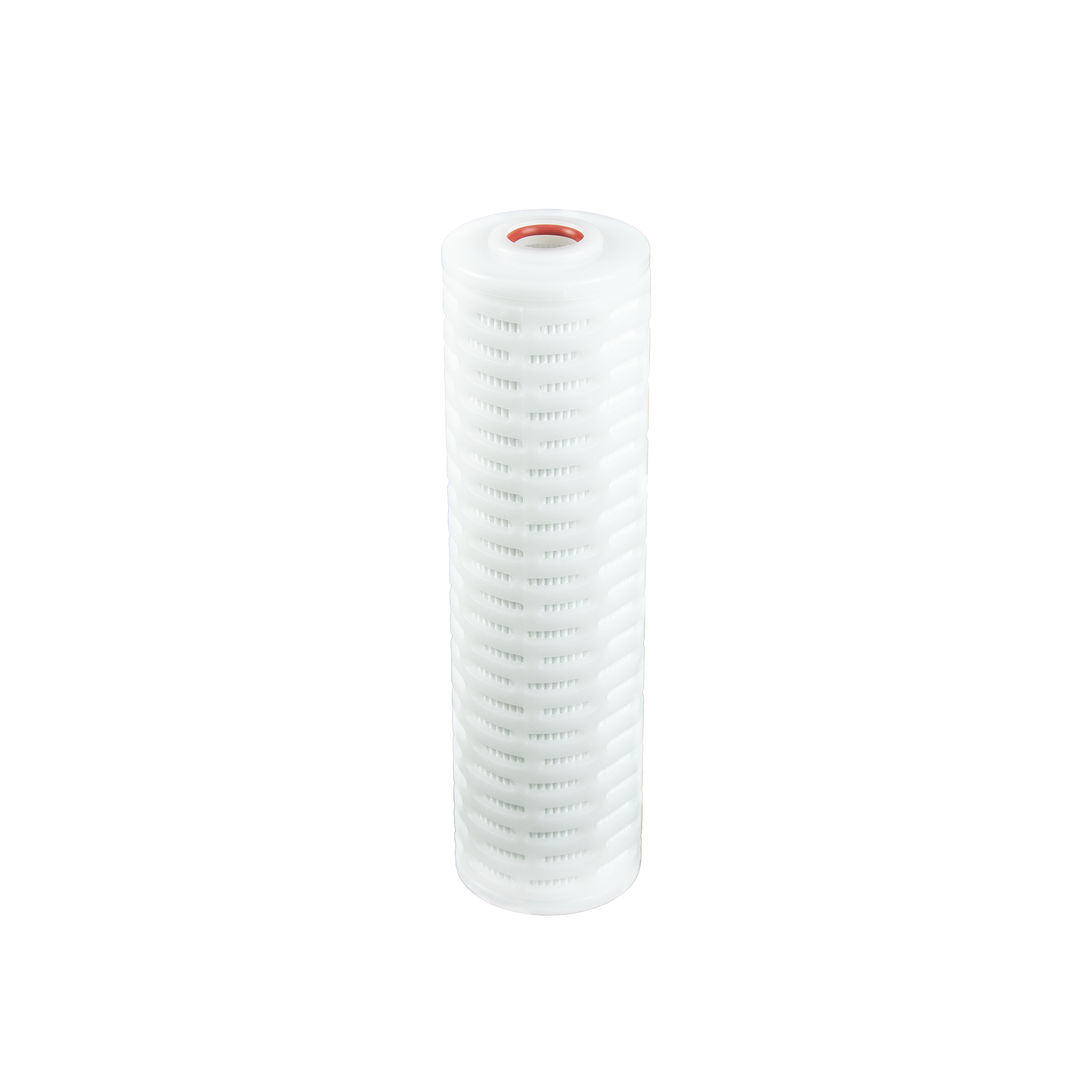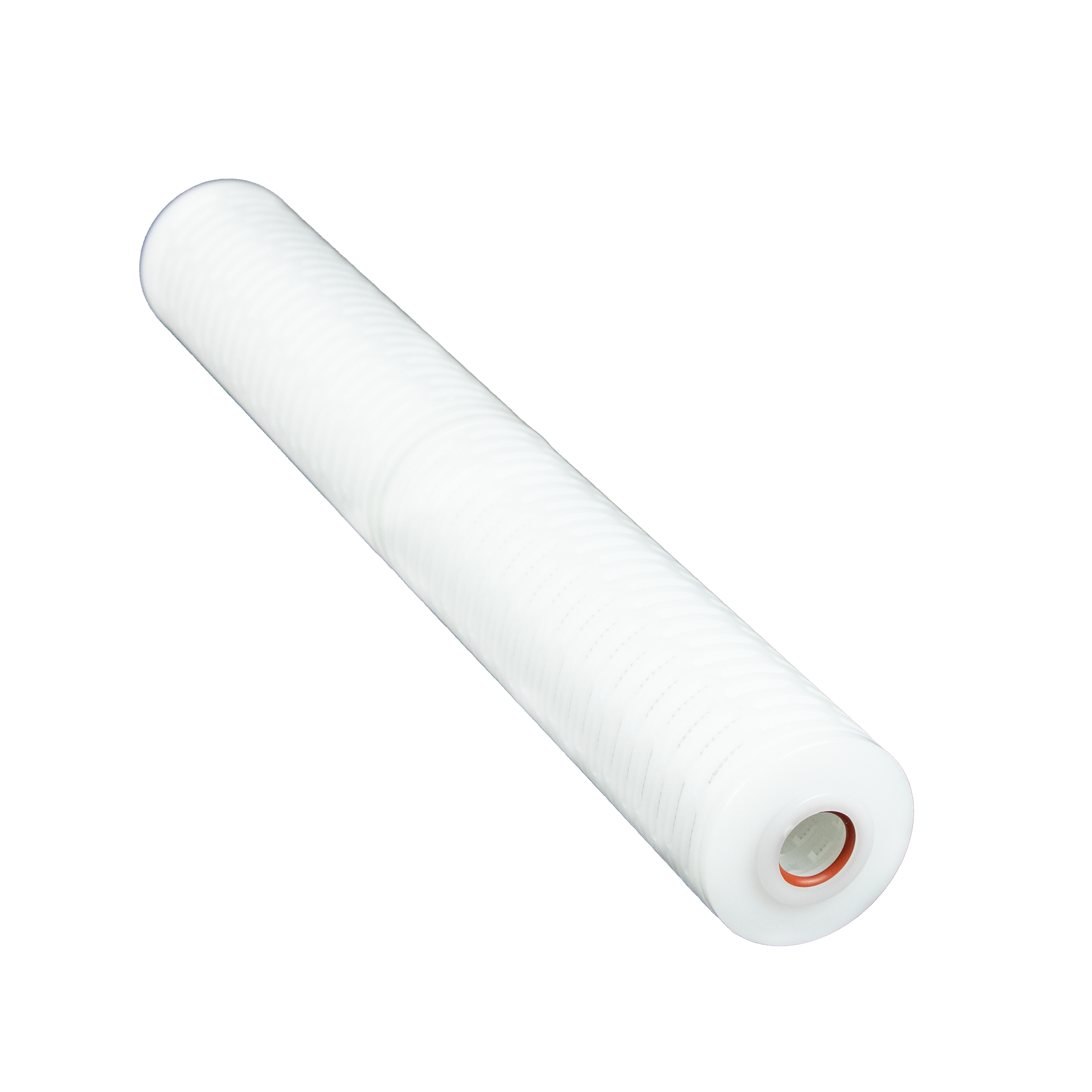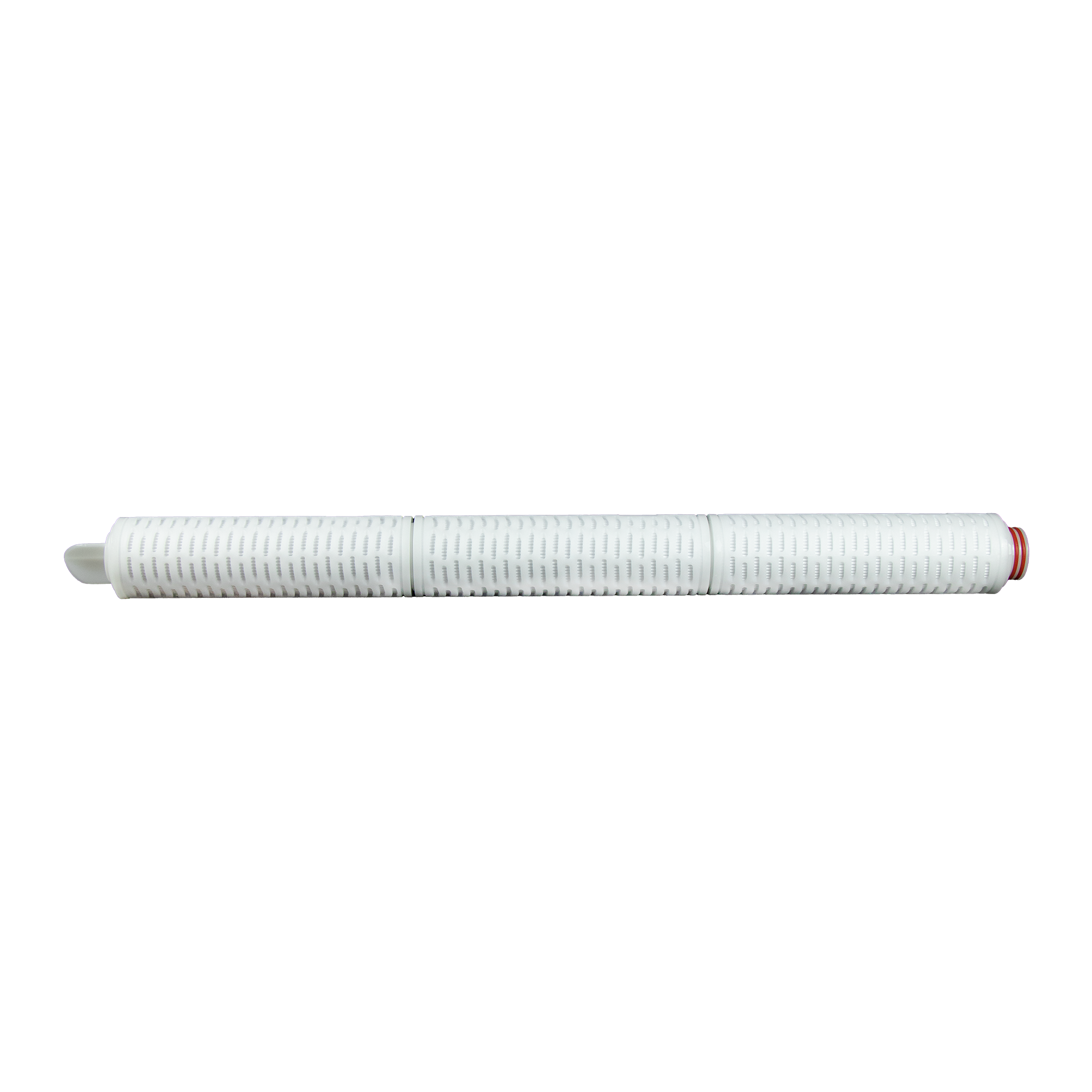Crypto (CP)
Crypto CP
- Certified Cryptosporidium removal
- Longer service life than CP+
Crypto CP+
- Certified Cryptosporidium removal with increased retention characteristics
- Providing a finer level of filtration than Crypto CP
Hygiene & Traceability
- Manufactured in a clean room environment, protecting against unwanted contaminants
- Lot coded for material traceability
- Specific Quality Assurance Certificate supplied with every cartridge
- Each cartridge is vacuum sealed and then enclosed in a durable outer plastic layer for further protection
Food Make-up
- Critical for the removal of the resilient Cryptosporidium parasite from food manufacturing applications
Incoming Water
- Widespread in the environment, Cryptosporidium is known to be present in many surface and underground water sources
Soft Drinks
- Often used in filtration of many soft drinks applications for Cryptosporidium and the control of bacteria
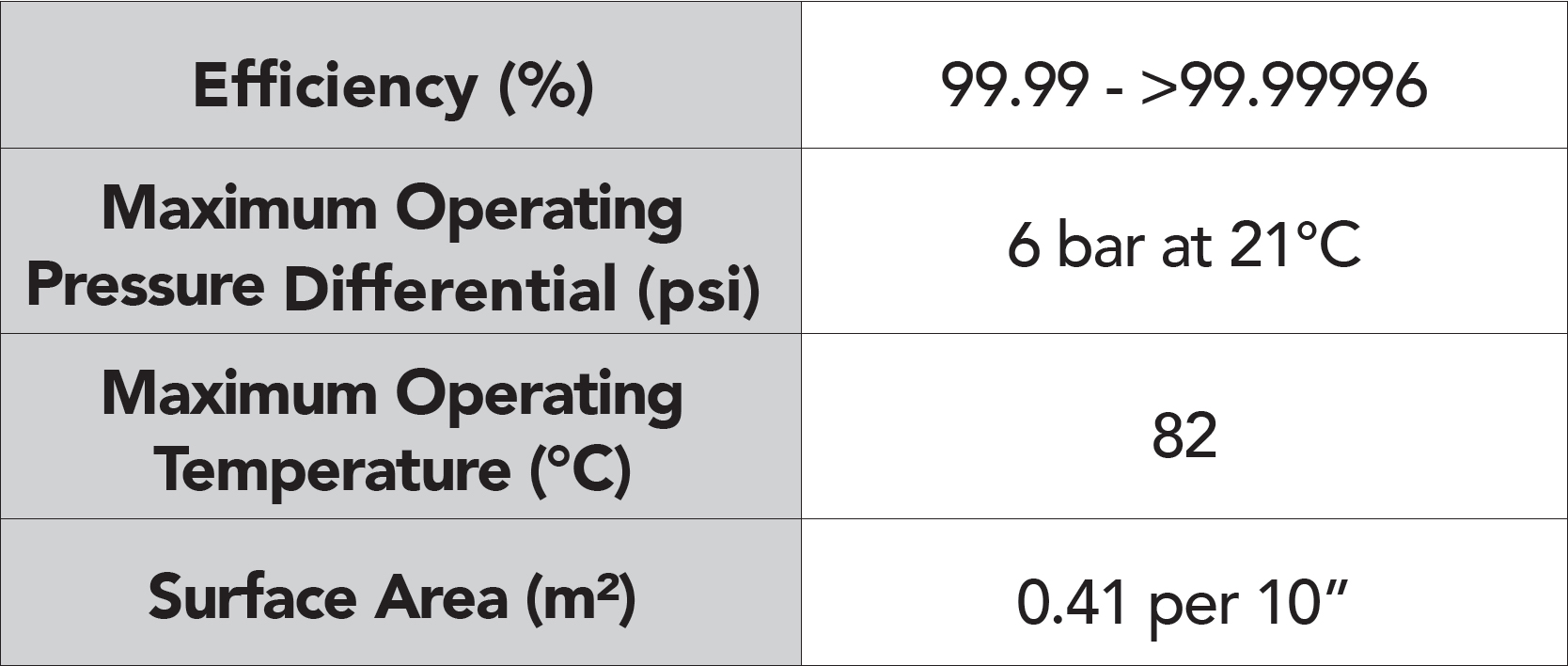

Features & Information
Strong, high purity Borosilicate glass fibre 1 micron media provides assurance when protecting against Cryptosporidium or Giardia cysts.
FAQs - Crypto
Cryptosporidium is a parasite which causes the disease Cryptosporidiosis, which affects both animals and humans. Cryptosporidiosis is very unpleasant, but usually resolves within a few weeks. However, it can be serious for children, the elderly or immunocompromised individuals.
The Cryptosporidium oocyst is between 3-6 micron in size, so regulations for removal state that absolute filtration must be used at 1 micron or less.
A pleated filter is a type of liquid filtration cartridge designed with pleats or folds on the filter media to increase the surface area for better filtration efficiency compared to spuns and wounds.
Pleated filters are used to remove suspended particulate. They are usually used to control finer particulate as a final stage of filtration where a specific contaminant is targeted for removal.
